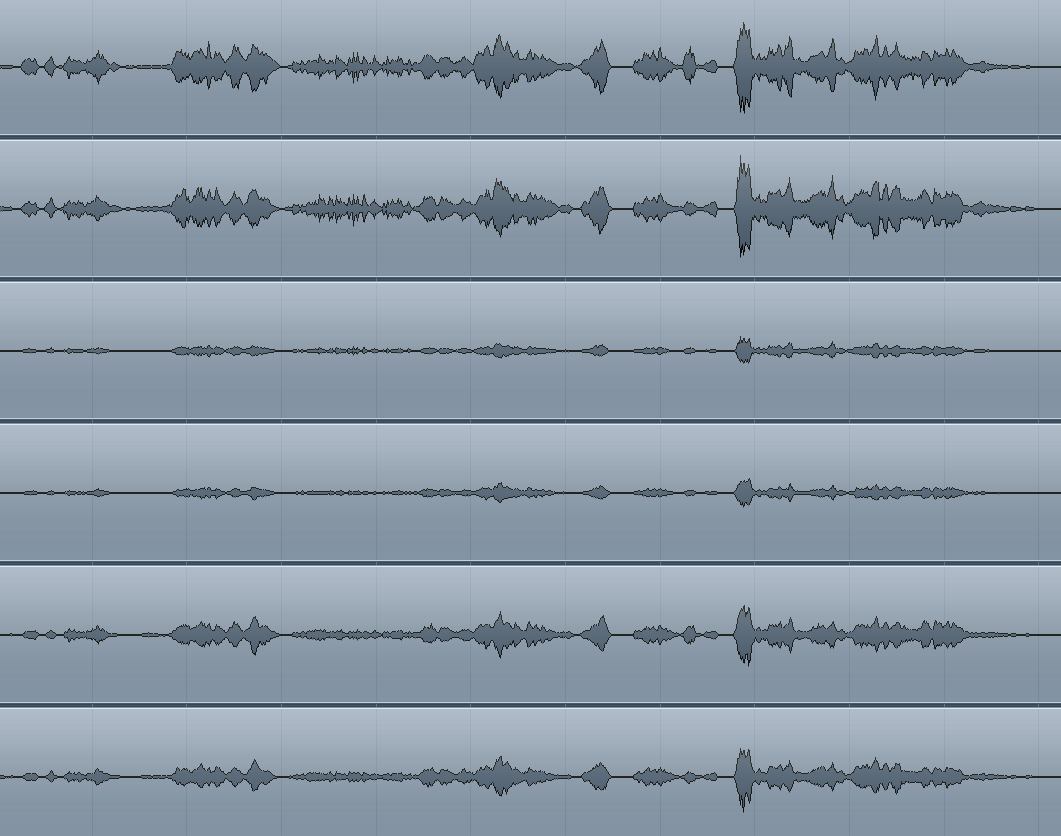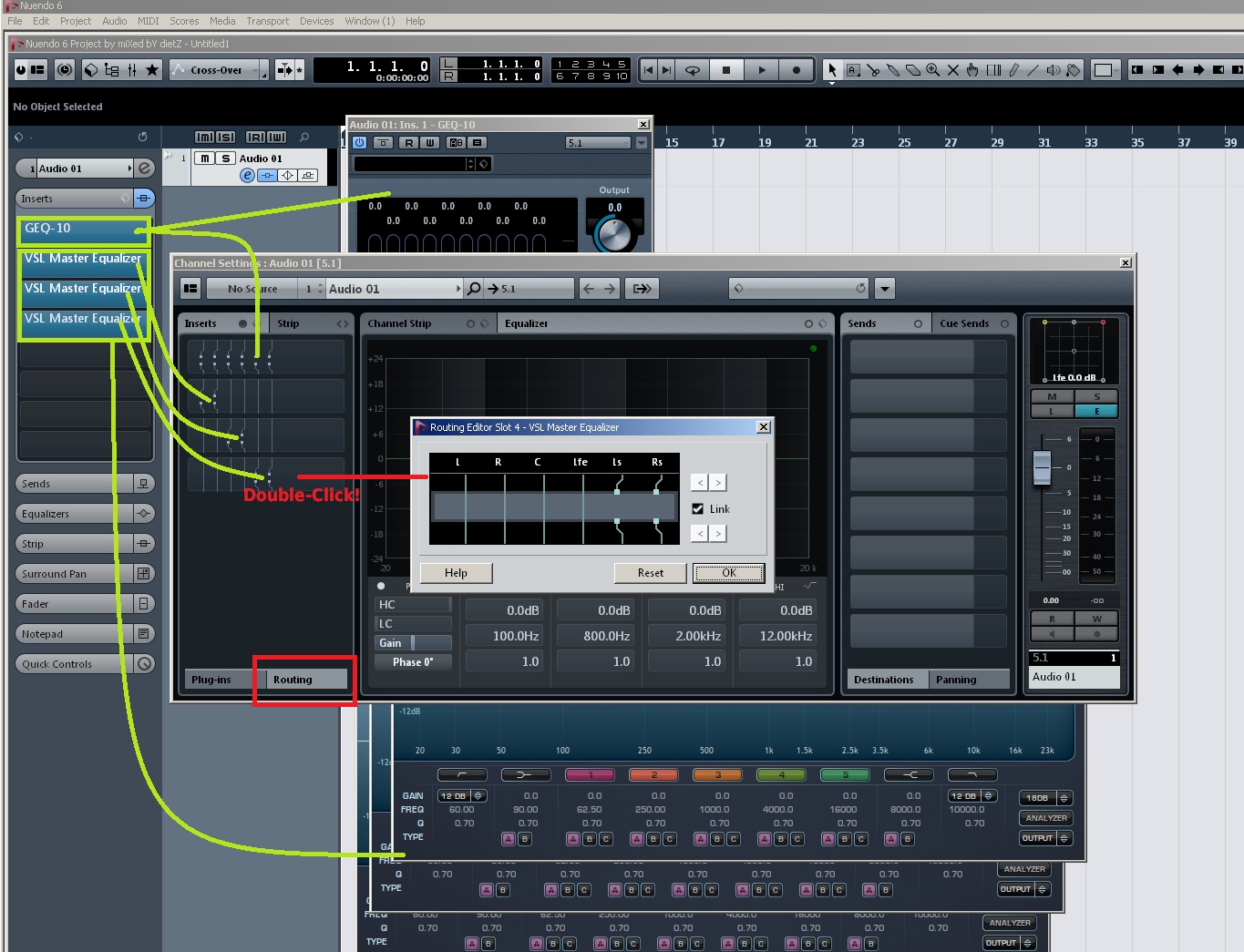Hello,
I used to work with MIR Pro in Stereo, and now I need to work in surround (5.1) for movies. I have Cubase 7.5
1/ As far I understand, unfortunately I cannot use Vienna Suite plugins anymore, since they are stereo. Which surround plugins can I use ? I saw for example the Flux ones, are they good (and CPU efficient) ? Vienna Mir Pro Equalizer is in surround, but not easy for me (no vizualization of the signal, if at least I use it correctly...)
2/ Is a surround version of Vienna Suite planned in the future ?
3/ Are they tricks to use stereo plugins on 5.1 channels ? (in VE Pro and/or in Cubase)
4/ Cubase Pro 8 seems to have new surround plugins (Compressor, Limiter...), but I did not see any precise information on Steinberg site or google. Is it true ? Are they good ? But it does not solve my problem, as I need surround EQ and compressor in VE Pro...
5/ I prefer to build/mix my music in stereo, since I always need stereo mixes and since surround requires more CPU and/or memory (my PC is on its knees : I planned to buy VI Pro and SSD in order to reduce the RAM, but for CPU I can not do anything I believe...). Converting the project from stereo to surround is well done in VE PRO (with the function "Convert Project Channel Configuration"), but in Cubase it's a pain : as I have to delete my VE Pro Stereo instance, all midi ports connections are lost, and I have to relink all (for my personal conveniance, I'm using 22 Midi ports to dispatch the whole orchestra). Have you a trick to avoid this step ?
6/ Is it normal that the Channels L and R have more power than the C, LFE, SL and SR ones ? (with "5.1 Triple-8 Spaced DEFAULT" on primary, and "5.1 115° (Rears only)" on secondary) I think it could be, in order to have a subtle spacing of the sound, with a dominant stereo feeling, but I would like to be sure.
Sorry for all these questions. Thanks !
Matthieu

